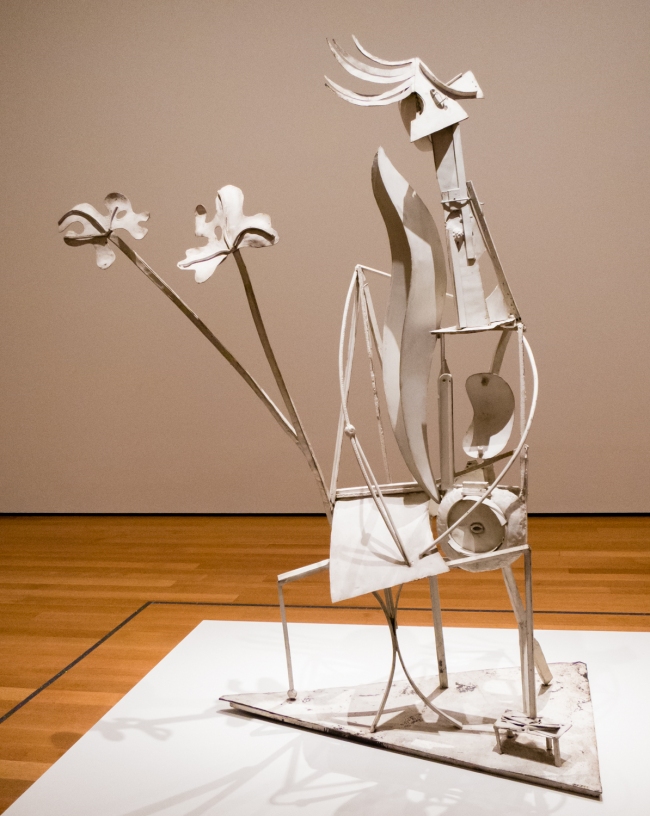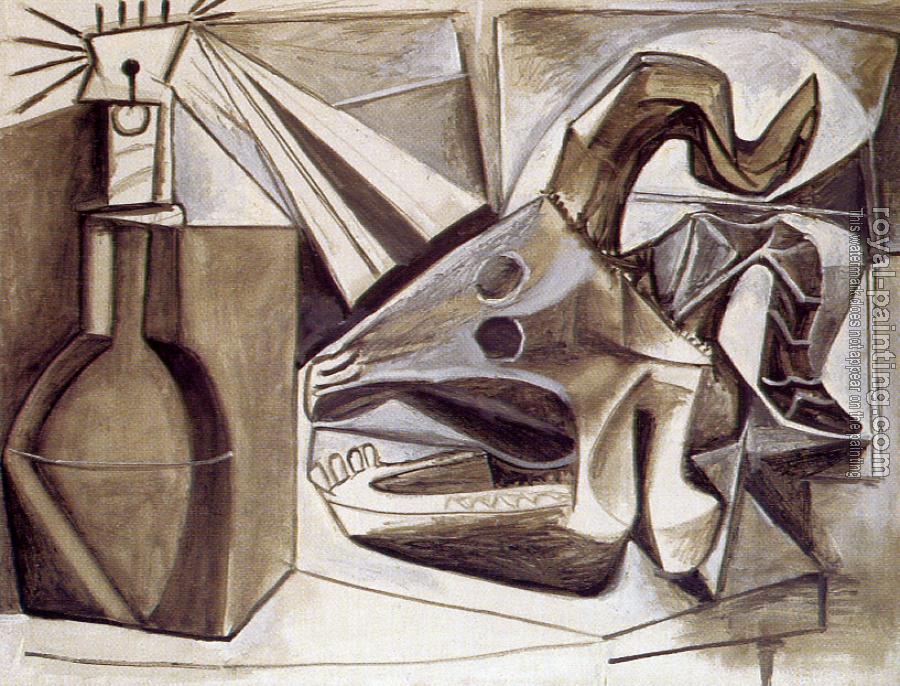Those who know Picasso's brutish and misogynistic reputation must wonder about today's headline. Let Ciwt explain:
Minus the predicted East Coast blizzard, today Ciwt would be at MoMA at the Picasso Sculpture show, and she'd like to add to her comments on the show even without attending. (Speaking of Ego).
But first she'd like to give a shout out to Virgin Airlines who gave her a waiver on flight cancellation fees. Just one more
Now on to comments on the show not seen.
First, let Ciwt say she has seen some of the best Picasso sculptures in the show, including:
1
2
3
4
And several others. All thought and heart provoking - and often quite amusing.
Which leads to her second comment: The show exhibits over 140 sculptures and Ciwt can't help wondering whether the truly stirring works are swallowed up in the crowd of smaller, (repetitive?, lesser?) works. She assumes so, actually; she has seen this (uncritical) over abundance with other artists in past shows over the years.
And, speaking of crowds, even though Ciwt's MoMA membership allows her to enter the show an hour early, there is still a goodly number of members at that hour. Then when the timed/non-member admissions begin, the true blockbuster nature of the exhibit takes over. In these conditions it is virtually impossible to find and read signage or see much much less commune with the art.
So, maybe it is just sour grapes because Ciwt wasn't able to get back for the show(unless she takes a brief, wild, last-minute trip), but Ciwt is thinking she's lucky to have studied Picasso's paintings, drawings and prints so extensively in college and seen so much of his work in the past. To her, Picasso wasn't (and didn't aspire to be) as talented a sculptor as he was a painter, draftsman and printmaker - so missing this show is a disappointment but not the end of the world. On the other hand, the show sounds like an absolute Must See for those beginning to educate their art eyes and What an amazing opportunity to feast them on one of the world's greatest artists being creative, playful, whimsical, and witty.
1. She-Goat, 1950 (cast 1952), bronze
2. Bull, ca. 1958, Cannes, plywood, tree branch
3. Bull's Head, 1942, bicycle seat and handlebars
4. Man with Lamb, 1942, bronze
www.regardingartsf.com

 *
* ***
***

 It was all so Decorative and the rage was on!! People of all classes were wild for the Japanisme; wearing it and collecting it became what status-conscious Parisians simply had to do.
It was all so Decorative and the rage was on!! People of all classes were wild for the Japanisme; wearing it and collecting it became what status-conscious Parisians simply had to do.  The effects were suddenly everywhere from the new more fully realized and sensual view of women (more sexy in their kimonos), to the use of posters for promotion (the beginning of advertising as we know it)
The effects were suddenly everywhere from the new more fully realized and sensual view of women (more sexy in their kimonos), to the use of posters for promotion (the beginning of advertising as we know it)  , and certainly in painting which was already being transformed (into Impressionism) by new information about the science of light.
, and certainly in painting which was already being transformed (into Impressionism) by new information about the science of light.